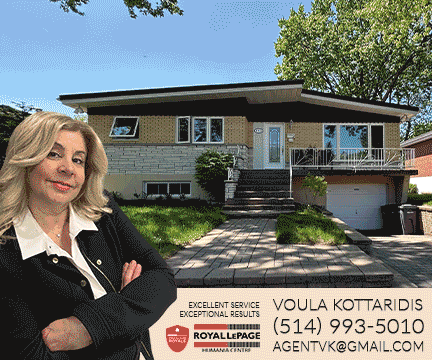
For Park-extension’s aging population but also for its young families coming to settle in the borough, it is indeed bad news. In 2023, and for the second consecutive year, Montreal will welcome fewer new family physicians than expected.
In Montreal, there is a shortage of about 350 full-time doctors, according to the head of the Regional Department of general medicine of Montreal, Dr. Ariane Murray.
Each year, calculations are made to determine how many doctors are installed in each territory of each region. These estimates, based on RAMQ data, go back 18 months, causing a discrepancy with real needs.
Then, calculations are made according to the specific needs of each territory. This year, 1,200 additional doctors would have been needed in the province.
The more remote regions would be more subject to this shortage of family doctors because of the transfers and the repatriation of doctors to the centres.
The rate of registration with a family doctor, that is to say the proportion of the population who can, in theory, see a family doctor, is also an issue. It is in Montreal that this rate is the lowest compared to the rest of Quebec, and it continues to decline. In certain sectors of the metropolis, less than 60% of the population would have access to this service.
Overworked doctors
Many people also keep their family doctors in town, even if they no longer live there. “There is an attachment, we develop bonds with our patients and we know them,” says Dr. Murray.
Commuter workers, former students, families settled in the suburbs, no less than 390,000 patients followed in the metropolis live outside Montreal.
According to the professional, if all the patients followed by family doctors in Montreal were residents of Montreal, we would have an 88.5% rate of registration with a family doctor.
Even if the number of doctors increased on the south shore or around the city, the expert does not think that this would change much as patients are generally attached to their doctor.
“The morale of the doctors is really gloomy,” she denounced, explaining that it is difficult to refuse, for lack of places, patients who need care.
In the short term, “there is no magic solution,” she says, but turning to other healthcare professionals, depending on the problem, could help reduce the wait. “The first-line access counters (GAP) really have the potential to change the situation for our patients who do not have a family doctor,” she says.
“I have a red eye, I’m going to see the optometrist; you have a toothache, you are going to see the dentist; you are not sure of your pressure, you go see the nurse. It’s like a filter of relevance to go just when you really need it to the doctor”, she clarifies, adding that it would also be necessary to find ways of repatriation for these few hundred doctors left in other regions of Canada or privately.
Collective solutions
Nearly 300,000 Quebecers are registered with groups of physicians and not just one. Even if they don’t see the same doctor every time, they at least have access to a nearby clinic. This temporary solution may be suitable for some people, waiting to be assigned a permanent family doctor. “Not all patients need a family doctor,” says the specialist.
The GAP project and collective registration therefore make it possible to formalize collective work and thus lighten the burden on family physicians, who are overwhelmed throughout the province.









